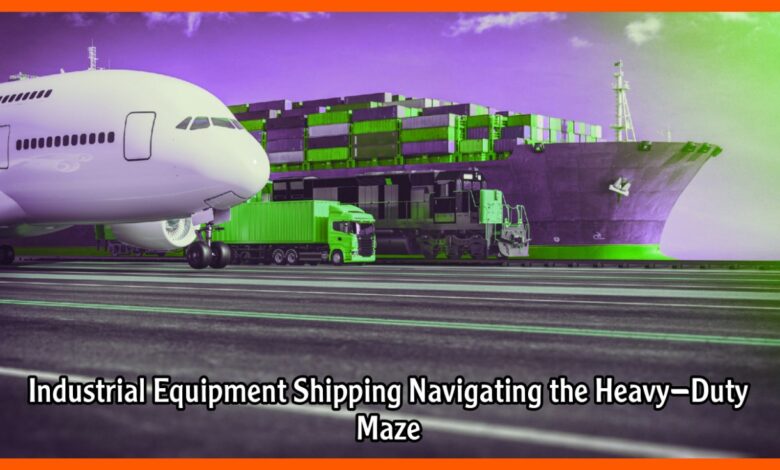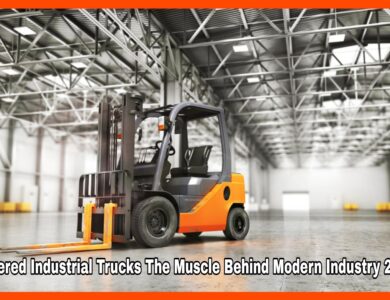Industrial Equipment Shipping Navigating the Heavy-Duty Maze
Industrial Equipment Shipping Navigating the Heavy-Duty Maze

Industrial Equipment Shipping Navigating the Heavy-Duty Maze
The Giant Puzzle of Shipping Industrial Equipment
Moving a 200-ton crane across the globe? Shipping a massive conveyor system to a mining site? Welcome to the fascinating (and sometimes terrifying) world of industrial equipment shipping. This is not your everyday logistics; it’s a high-stakes, high-precision game where one mistake could cost millions.

Key Challenges in Heavy Equipment Transport
Industrial shipping is more than just loading cargo onto a ship. Here’s what makes it uniquely difficult:
- Sheer Size & Weight – Some machines are as big as buildings.
- Regulations & Permits – Crossing borders? Prepare for a mountain of paperwork.
- Specialized Handling – Cranes, flat racks, and lowboys are your best friends.
- Cost Considerations – Freight rates can skyrocket based on dimensions and route complexity.
“You don’t just ‘ship’ industrial equipment. You orchestrate a logistical symphony.”
Choosing the Right Shipping Method
Not all industrial equipment is created equal. Your transport method depends on various factors. Here are the top choices:
1-Roll-On/Roll-Off (RoRo)
Perfect for self-propelled machinery like bulldozers and excavators. Drive it on, secure it, and ship it!
2-Flat Rack & Open-Top Containers
Great for irregularly shaped cargo that doesn’t fit in standard containers. Think of it as Tetris, but with mega-machines.
3-Breakbulk Shipping
For extra-large machinery that won’t fit in a container. Each piece is loaded individually – a process requiring insane levels of coordination.
4-Heavy Lift Ships
When you’re transporting entire factories, you need a floating behemoth to get the job done.
Global Shipping Routes & Major Ports
Your industrial equipment may have to cross oceans. Here are some of the most important global shipping routes:
- Panama Canal – The shortcut for heavy cargo between the Atlantic and Pacific.
- Suez Canal – The gateway between Europe and Asia.
- North American Ports – Houston, New Orleans, and Long Beach dominate heavy shipping.
- Asian Giants – Shanghai, Singapore, and Busan handle millions of tons of industrial freight yearly.
“The best route isn’t always the shortest—it’s the one that guarantees safe delivery.”
How to Ensure Smooth Industrial Equipment Shipping
Before you even think of shipping, follow this checklist:
- Know Your Equipment’s Dimensions – Weight, height, width, and any special handling needs.
- Secure the Right Permits – Overweight loads need legal clearance.
- Choose an Expert Logistics Partner – Specialized shippers make all the difference.
- Insure Your Cargo – Losing a multi-million-dollar machine? Not an option.
- Plan for Customs Clearance – Regulations differ from country to country.
Industrial equipment shipping is an art, a science, and sometimes a nightmare all rolled into one. But with meticulous planning, the right partners, and a solid strategy, you can get even the heaviest machinery across continents without a hitch.



